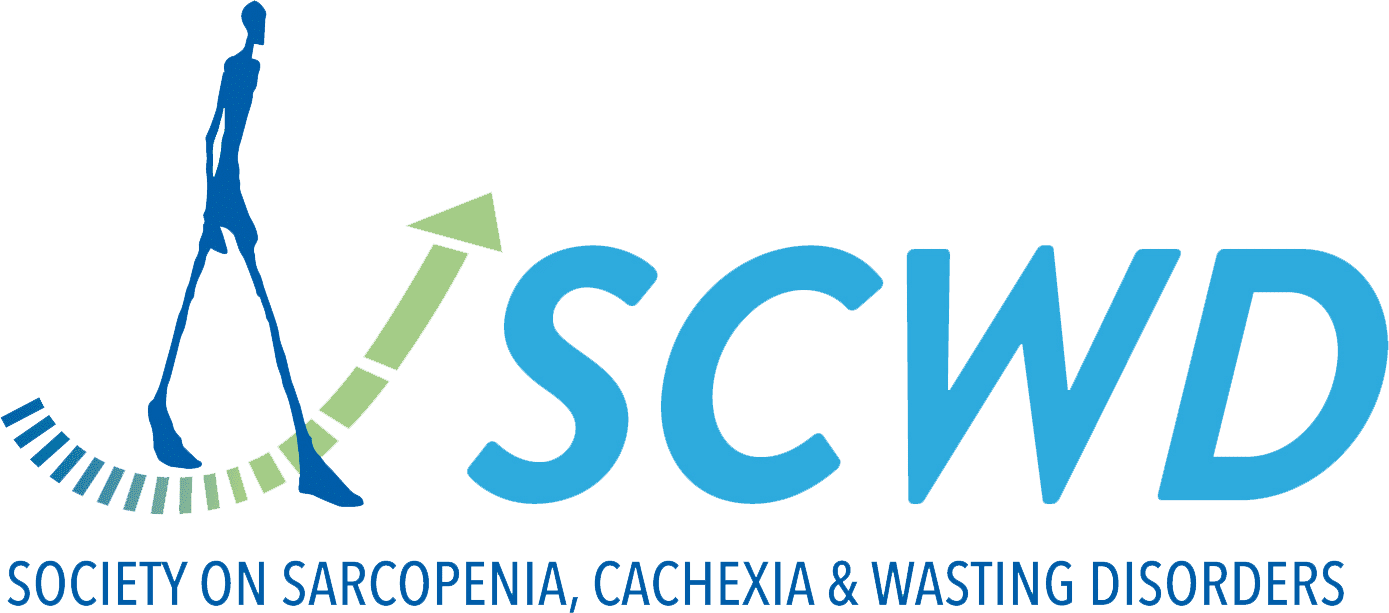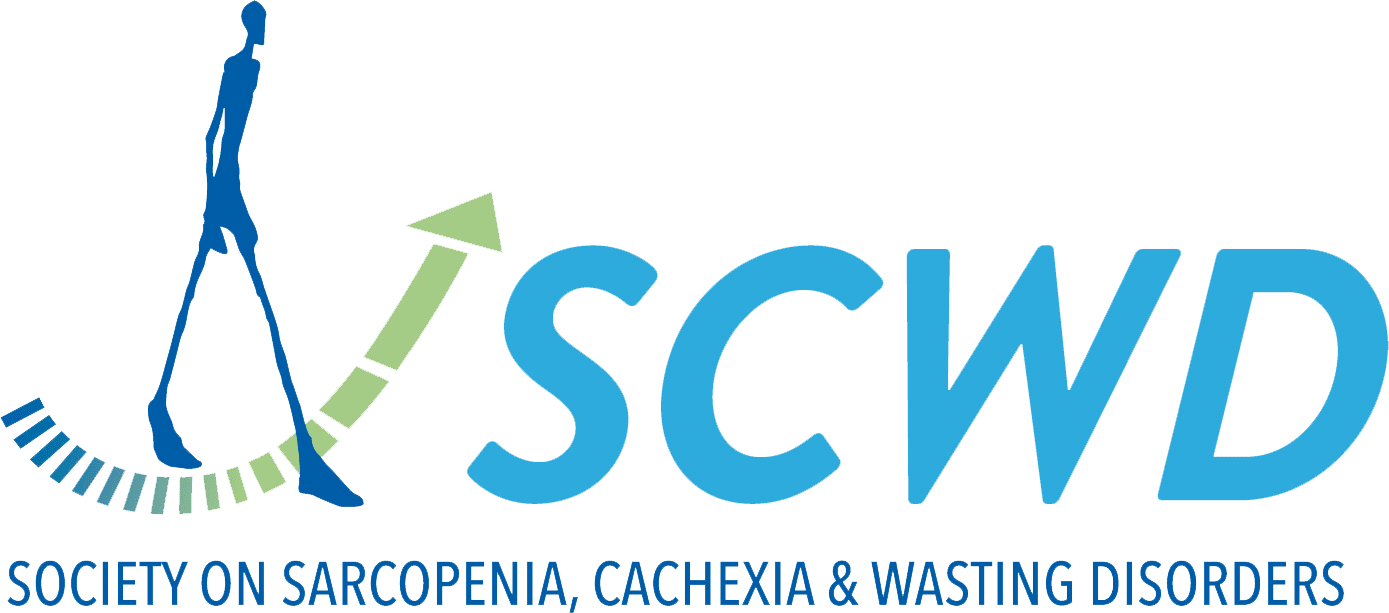Serum C-Terminal Agrin Fragment With Acute and Long-Term Exercise and Angiotensin II Type I Receptor Blockade.
Sarcopenia represents a major clinical and societal challenge facing rapidly aging populations. Accessible and specific biomarkers represent valuable tools, both in diagnosis and assessing the efficacy of therapeutic interventions. C-terminal agrin fragment (CAF) is the most commonly used blood-based biomarker...


